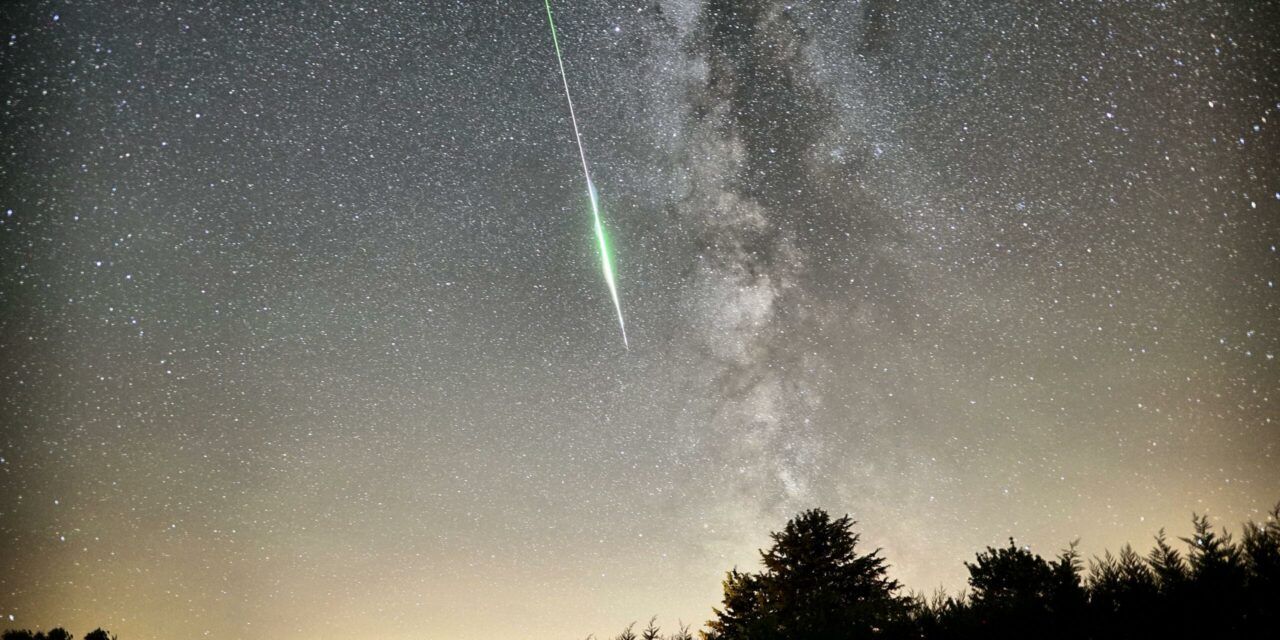Koen Miskotte & Michel Vandeputte
Introduction
It is August 14, 2016 just after 03 UT: the two authors shake hands in Revest du Bion. They congratulate each other on the fantastic result of observing the Perseids that year [1]. The August 11/12 Perseid outburst was successfully observed with a maximum ZHR of 330. But almost all other nights had very good observing conditions. The expectation was that we would soon observe again in Revest du Bion in the following years. However, in 2018 it became Aubenas Les Alps [2], where the Perseids were observed by both authors, together with Jos Nijland, Carl Johannink and Casper ter Kuile. In the following years, only Michel stayed in Revest with varying degrees of success. Koen was unable to participate in those years due to various circumstances, including Covid restrictions.
By the way, this year marks exactly ten years since the first Perseid campaign was organized at Revest du Bion. In 2013 the team consisted of Casper ter Kuile, Sietse Dijkstra, Peter van Leuteren and the first author. Simultaneous video observations were made with Klaas Jobse using 2×2 CAMS systems that filmed more than 600 meteors simultaneously.
Perseids 2023: to go or not to go?
This year too, it was far from certain whether there would be a observing campaign in Revest du Bion during the Perseids. Fortunately, Michel confirmed at the end of June that they would go. For Koen this meant figuring out how to get there. That was not easy, it now turned out to be difficult to book something between the train stations of Brussels Midi and Marseille St Charles via the Thalys (only on Saturdays) or the French TGV. Via Paris is not an option because of the hassle between Gare du North and Gare du Lyon. After some deliberation, a plane was booked to Marseille Airport and from there by train via Marseille St Charles to Manosque. Although the flight takes just under two hours, the journey takes just as long as the TGV. Checking in, collecting luggage, waiting, transferring to the train: in total it is also 12 hours of travel time. There were also works on the railway around Amsterdam, so the author decided at the last minute to travel to Amsterdam on Monday evening and book a hotel at Schiphol. The flight to Marseille Airport was on Tuesday.
Perseids 2023
And so the first author got off the train in Manosque on Tuesday, August 8 around 6 p.m. local time, where he was met by Michel, Inneke, Laurien and Boris. An hour’s drive took us to familiar terrain: Domain Pierre Rousse near Revest du Bion.
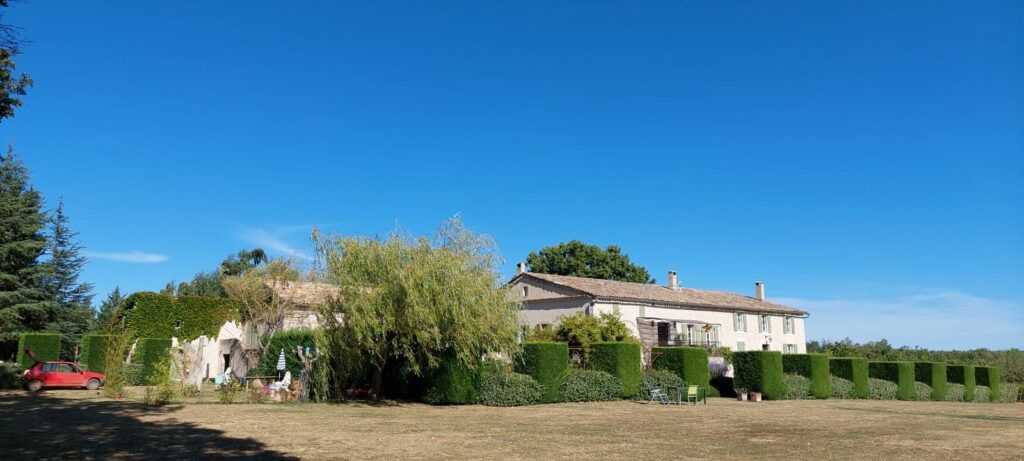 Figure 1. The Pierre Rousse domain, 3 km south of Revest du Bion with the large field were we carried out the meteor observations.
Figure 1. The Pierre Rousse domain, 3 km south of Revest du Bion with the large field were we carried out the meteor observations.
Good views in all directions, except in the northern direction because of a group of long poplars.
The house has been considerably renovated, the shower facility upstairs was renovated and even included a room with an in-suite shower. And there was also a new built swimming pool at the house, which was used eagerly from the first day on! The first night was canceled, the moon was still quite disturbing in the second part of the night and we wanted to get some rest before the observational marathon would start.
The weather in Provence was very stable during this period, sometimes (a lot) of cirrus during the day, but dissolving in the evening. So many clear nights, but just not the top-notch Provencal skies. But we have absolutely no complaints about limiting magnitudes of 6.6! The stable weather up to and including the Perseid maximum was due to an extension of the continental high pressure area over the extreme southeast of France. The recurring pattern during the night was: a calm start, a weak northerly wind halfway through the night and then migrating further to the east at dawn and then the best SQMs were achieved. This is due to an increasingly drier air supply during the night. This was also the dominant pattern at night in 2021, in case no Mistral was present.
So the first observations were done in the night:
August 9/10, 2023
We took it easy the first night. In the evening the all sky camera is set. This is a new all sky system that is equipped the same way as the all sky camera EN908 at home of Koen in Ermelo: a Canon 6D with a Sigma 8 mm F2.8 fish-eye lens with built in Lyquid Crystal Shutter. Only this one does not run on mains power but on a Omegon GP09 battery. The controller of the LC shutter, camera and lens heating can operate for more than 12 hours on a full battery, as has been extensively tested in Ermelo. But the test in the field failed: when I check the all sky later that night at 22:30 UT, it appears not to be working. The first shot goes well, but as soon as the new recording started, the camera and shutter fails to work (working on the USB connections of the battery), but the lens heating on a cigarette lighter connection continues to work. Koen cannot and does not want to solve this in the field, so only visual observations this night. That is the biggest priority for both of us.
The authors are always observing 15 meters apart, so that they cannot disturb each other. Communication at night remains very limited to: “did you see that fireball?” or during a short break. Observations were done between 20:48 and 01:02 UT. After that time the moon becomes too disturbing. The limiting magnitude slowly decreases from 6.6 to 6.4. Thanks to the high contrast of the nightsky, meteors remain easily visible. There are also some bright meteors, at 21:18 UT a beautiful green-blue -2 Capricornid shot through Aquila and at 23:18 UT a -2 Perseid in Pisces. Both observers also see a short flash of light in the sky. This appears to come from a Perseid fireball that was coincidentally seen by the domain administrator Jerome and was also recorded by the Fripon network.
It was a restless night, the domain owner’s two dogs, Pepsi and Maxi, barked almost continuously all night. Beside that, also sounds of owls, pigs and deer (burring) were heard. Koen and Michel counted a total of 148 meteors. In addition to the Perseids, some southern Delta Aquariids (SDA) and Capricornids (CAP) were also seen.
August 10/11, 2023
After a day with some cirrusclouds, these clouds dissolves in the evening, a situation that often occurs in Provence this year. The all sky is now connected to the battery slightly differently and the daytime tests seem to be going well. Unfortunately, the same problem happened again in the evening, a power failure on the USB connections. So again no all sky camera again this night. We started a little later and continue a little longer, namely from 22:03 to 02:10 UT, because the moon is now interfering a little later and a little less. It is a warm and especially humid night. Lavender scents can be smelled and in addition to the usual sounds (but Pepsi and Maxi were quiet that night), bats could also be seen and heard. The sky is a bit hazy, but a weak mistral later blows the haze away and the sky becames rich in contrast. It yielded increasing SQM values up to 21.4 even with a rising moon. The Lm dropped from 6.7 to 6.4 that night. Koen and Michel counted a total of 184 meteors. Again bright meteors: the session started well with a -3 Perseíd with three flares in the famous square of Pegasus. At 00:41 UT a beautiful -2 sporadic meteor appeared leaving a bright blue persistent train of 3 seconds. No Capricornids were seen, until within a few seconds two Capricornids appeared in line with each other of +3 and 0. The latter was green-blue and had a long wake. All in all a nice meteorwatch!
August 11/12, 2023
Expectations weren’t high for this night. The Perseid maximum would occur during the day on August 13th, so numbers would still be limited. The all sky camera finally worked fine all night after a new intervention. The camera was connected separately to a second battery and the problem seemed to be solved. Once again the start of the visual observations was at 22:00 UT and continued until dusk around 03:15 UT. The moon is still a bit disturbing in the last two hours. The night starts nicely with within a few minutes a beautiful white -1 SDA earthgrazer (00:01 UT) in the south and a little later a 0 Capricornid (00:07 UT). The numbers of Perseids are not too bad, the hourly counts increase from 13 to 57. A striking number of bright meteors: relatively many Perseids from 0 to -6 were seen. It was a bit like 2008 when many bright Perseids were spotted on the nights of August 10/11 and 12/13. And this was also the case in 1980. The Perseid fireball of magnitude -6 appeared at 00:13:05 UT (figure 2) in the constellation Aquila and left an 8-second persistent train. The all sky camera captured this fireball beautifully. At 01:37 a -5 Perseid appeared low in the south and a little later at 01:49 UT a -2 to -3 Perseid. Michel and Koen counted 413 meteors in total. During the last two hours the small crescent moon was above the horizon, but it did not disturb the observations anymore.
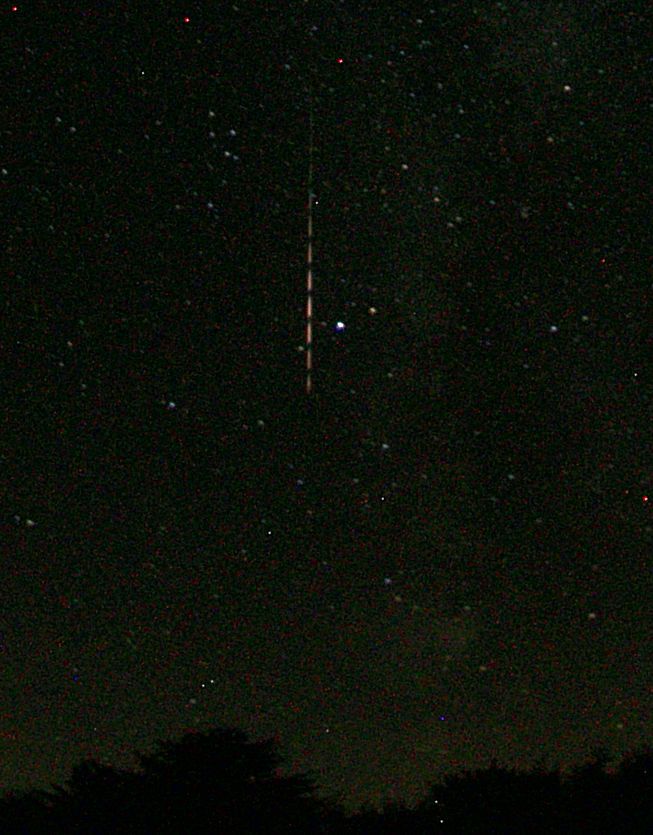 Figure 2. The Perseid fireball of August 12, 2023 at 00:13:05 UT in the constellation of Aquila.
Figure 2. The Perseid fireball of August 12, 2023 at 00:13:05 UT in the constellation of Aquila.
Camera and lens: Canon 6D with Sigma 8mm F3.5 EX DG Circular Fisheye lens with built in Liquid Crystal Shutter, set at 16 breaks per second.
August 12/13, 2023
According to the IMO Meteor Shower Calendar 2023 [2], the Perseid maximum was expected to occur on August 13 between 07 and 14 UT. Extra attention this night around 3:00 UT as a weak filament could cause some extra activity. We used the entire night from evening to dawn to do observations. In addition to the all sky camera, Koen also used a Sony Alpha A7sII with a Sigma 20 mm F 1.4 lens. This to shoot video images of earth-grazing Perseids. Just before the start of the visual observations, Koen puts on his glasses: oops, a glass falls out. A tiny screw has come loose. Fortunately Koen found the screw, but fixing it now is too late. So he did his observations with double focus glasses. Ultimately, it seems to have had some negative influence on the observed numbers of meteors. Calculate a separate Cp for this night will be necessary.
The authors signed on at 20:00 UT under a still slightly twilight sky. Immediately we see a Starlink train (refered by us as “annoying Musquitoes”) disappearing into the shadow of the Earth. It gives a twofold feeling: it is a nicel sight, but in the end there are far too many… Again the sky is not perfect, but with a limiting magnitude of 6.6 we are absolutely not complaining.
The activity this night is excellent: hourly counts increase from 20 to 65. Again, a lot of bright meteors: 6 Perseids of -3, a -4, a -6 and even a -7! At 01:22 UT a -4 Perseid in Cassiopeia and a beautiful -7 Perseid low at the southwestern horizon briefly lit up the sky at 01:47 UT (figure 4). A Perseid of -6 was observed in Capricornus (figure 3). All these bright meteors were captured with the all sky camera.
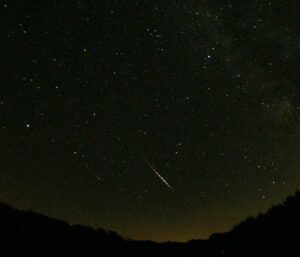
Figure 3. This Perseid fireball of magnitude -6 appeared on August 12, 2023 at 23:00 UT in the constellation of Capricornus. Camera and lens: Canon 6D with Sigma 8mm F3.5 EX DG Circular Fisheye lens with built in Liquid Crystal Shutter, set at 16 breaks per second.
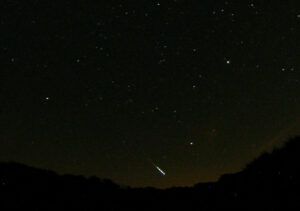 Figure 4. The Perseid fireball of magnitude -7 very low at the southwestern horizon. August 13, 2023 at 01:47 UT. Camera and lens: Canon 6D with Sigma 8mm F3.5 EX DG Circular Fisheye lens with built in Liquid Crystal Shutter, set at 16 breaks per second.
Figure 4. The Perseid fireball of magnitude -7 very low at the southwestern horizon. August 13, 2023 at 01:47 UT. Camera and lens: Canon 6D with Sigma 8mm F3.5 EX DG Circular Fisheye lens with built in Liquid Crystal Shutter, set at 16 breaks per second.
Around 3 UT we don’t really notice an increase in activity. But the expected additional activity was not much and only a thorough analysis will perhaps reveal something. In total, we counted 741 meteors.
August 13/14, 2023
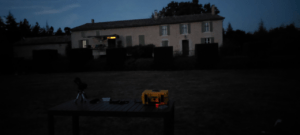 Figure 5. The photographic equipment in front of our rented house.
Figure 5. The photographic equipment in front of our rented house.
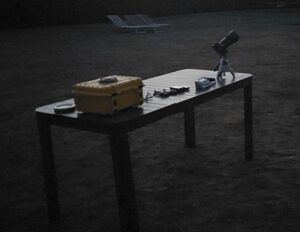 Figure 6. The travel all-sky camera and the Sony Alpha A7SII on a small tripod, set up on a heavy garden table that we placed in the middle of the field for this campaign. In the background three stretchers are ready for the kids and Inneke.
Figure 6. The travel all-sky camera and the Sony Alpha A7SII on a small tripod, set up on a heavy garden table that we placed in the middle of the field for this campaign. In the background three stretchers are ready for the kids and Inneke.
In addition to the maximum night, this night was also important to follow. Since 2018 (and with the exception of 2022), a second peak in activity has been observed around solar longitude 141 (24-30 hours after the annual maximum). The ZHR increased to 190 in 2021 [2 and 3]. The 2023 IMO Meteor Shower Calendar also highlighted an old dust trail of Comet 109P/Swift-Tuttle from 68BC, which could increase Perseid activity between 01:00 and 02:45 UT. Predicting the ZHR of this very old dust trail was not possible according to Jeremie Vaubaillon.
During the evening of the 13th the authors are accompanied by Laurien, Boris and Inneke. We were hoping on some nice bright earthgrazers. Just before 20 UT we all see the new Starlink train diving into the Earth’s shadow again. We all started around 20 UT. The whole night we had serious lightning in eastern direction, it weakened a bit later on in the night. And Koen observed for the first time in his life a redish yellyfish like sprite (but without the tentacles) low in eastern direction during a short break.
Activity is not as high as hoped that evening, but there is plenty to see, including some earthgrazers. The number of bright meteors is somewhat disappointing. Just after 22 UT the temporary observers call it a day. Laurien (10 years old) has excellent eyes, she counted more than 50 meteors in those two hours. That is about as much as those two “old” meteor observers. We hope she will be an excellent meteor observer in the future!
After 22 UT, more bright Perseids started to appear. An increase that continues and especially after 23 UT there are many bright Perseids, mostly in the range of +1 to -3. Two Perseid fireballs are seen: at 02:06 UT to the right of Jupiter in Cetus a -5/-6 Perseid with a 10 second persistent train. And at 02:30 UT a beautiful -6 Perseid with three short flares from Pisces to Cetus with a 10 second persistent train. The hourly counts are not too shabby this night: they increased from 15 to 50+. Perhaps this is a bit higher than what we normally would expect during this solar longitude. Also worth mentioning was a beautiful blue-green -3 sporadic meteor at the end of the night with a bright blue persistent train. In total, the authors counted 685 meteors, slightly fewer than the previous night.
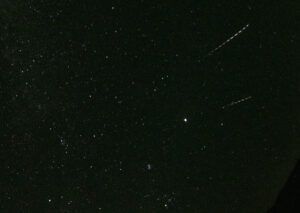 Figure 7. Composite image of two Perseid fireballs that appeared in quick succession at 02:06 UT (-5 Perseid in Cetus) and 02:30 UT (-6 Perseid in Pisces). These Perseids appeared in the interval of the predicted dust trail passage of comet 109P/Swift-Tuttle of 68 BC. Camera and lens: Canon 6D with Sigma 8mm F3.5 EX DG Circular Fisheye lens with built in Liquid Crystal Shutter set at 16 breaks per second.
Figure 7. Composite image of two Perseid fireballs that appeared in quick succession at 02:06 UT (-5 Perseid in Cetus) and 02:30 UT (-6 Perseid in Pisces). These Perseids appeared in the interval of the predicted dust trail passage of comet 109P/Swift-Tuttle of 68 BC. Camera and lens: Canon 6D with Sigma 8mm F3.5 EX DG Circular Fisheye lens with built in Liquid Crystal Shutter set at 16 breaks per second.
August 14/15, 2023
From this night on we started at a later time, starting around 23 UT. Soon a beautiful Perseid fireball of -6 appeared. The star alpha Pegasi (Markab) was “shot” out of the sky… The persistent train was visible for 12 seconds. In addition to the -6 Perseid, a few Perseids of -2 and -3 were seen. The Perseids hourly counts are initially up to 31 meteors, but halved in the last two hours of the night. In total, the authors counted 387 meteors.
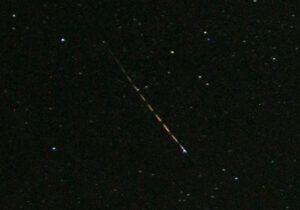
Figure 8. This Perseid fireball appeared on August 14, 2023 at 23:22 UT. The “flare” in the last part of the fireball is a star: Markab (alpha Pegasi). Camera and lens: Canon 6D with Sigma 8mm F3.5 EX DG Circular Fisheye lens with built in Liquid Crystal Shutter set at 16 breaks per second.
August 15/16, 2023: a falling DCF clock and a very bright Perseid…
For this night, Koen planned a session between 23:15 and 03:15 UT. Michel would start a little later. However, Koen is startled awake by a falling alarm DCF clock on the tiled floor in his room, around 22:15 UT. He try’s to sleep again, but is fully awake… So, then let’s go outside! He first checks the all-sky camera: it appears not to be working due to an empty battery. When he replaced it with a full battery the camera worked flawlessly.
Then Koen shifted the focus to the Sony Alpha A7sII with the Sigma 20 mm F 1.4 lens. The plan was to aim the camera to the house together with the nice starry sky above it. However, the milky way in the south now also looks beautiful and he decided to photograph in that direction for the first 30 minutes. The camera started at 22:30 UT. Then time to prepare for the visual watch. Start is at 22:47 UT which is more than 25 minutes earlier than planned. After only two minutes, to be precise at 22:49:58 UT (timing of Fripon station Marseille, see https://fireball.fripon.org/displaymultiple.php?id=20974), one of the most beautiful Perseids Koen has seen appeared! With a brightness of at least magnitude -8, this bright green meteor moved from Cygnus through Aquila to slightly left of the “starcloud” of Scutum! Wow: what a beast and look at the bright green persistent train (magnitude +1)! To Koen’s surprise, a big part of the persistent train remains easily visible. At 22:55 UT the persistent train is still as bright as the Andromeda nebula, only at 22:57 UT it becomes a bit faint, at 22:58 UT you really have to look closely to see it and at 22:59 it is finally to weak for see it. This means that the persistent train remained visible for the naked eye for 9 minutes! It is from the Leonids of 2001 that Koen had seen such long-lasting lingering persistent trains.
However, immediately after the fireball appeared there were concerns about the all sky camera. There was a shutter click just after the fireball. This could be the closing shutter (no problem), but also an opening shutter (a problem…)! Fortunately, I also realized that the fireball had also appeared in the field of view of the Sony Alpha A7. Indeed, after the session it turned out that the all sky camera was closed during the fireball: 22:49:57 UT camera closed, fireball at 22:49:58 UT, camera open 22:50:00 UT… The persistent train is visible on 6 consecutive images (6 minutes in total).
Fortunately, the image from the Sony Alpha A7sII is of great beauty, the fireball is largely depicted with a beautiful Milky Way (figures 9 and 10). With the persistent train in mind, Koen let the camera run a little longer than planned. Until 23:34 UT, after that the camera was aimed at the house and the sky above it. And even this was still too early, because the persistent train is still faintly visible until that last image! This means that the persistent train was photographically visible for at least 45 minutes on the images!
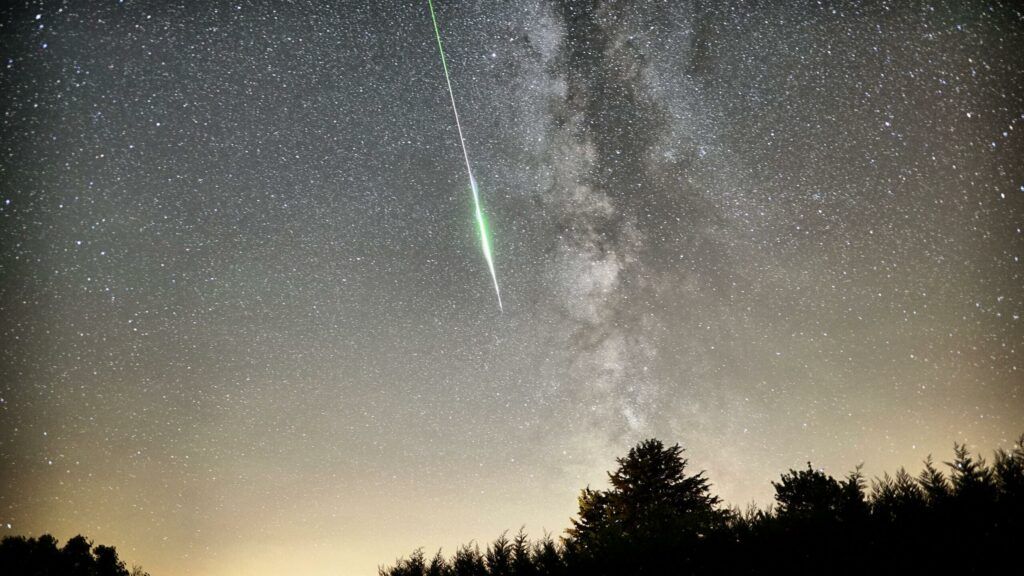
Figure 9. The Super-Perseid of August 15, 2023 at 22:49:58 UT. Camera: Sony Alpha A7sII. Lens: Sigma ART 20mm F 1.4 lens.
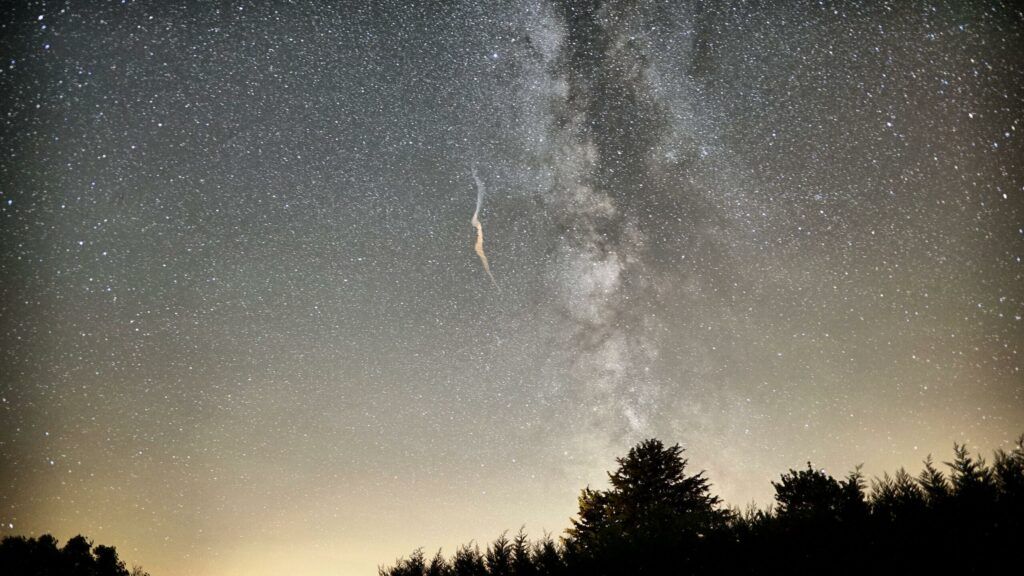
Figure 10. The first image after the fireball appeared, a beautiful bright persistent train is visible.
A spectaculair animated GIF of the fireball published of the website of the Dutch Meteor Society:
https://www.dutch-meteor-society.nl/DMS/Perseid_fireball.mp4
What a way to start your observing session, WOW! If that DCF clock had not fallen, this session would have started around 23:15 UT and the fireball would not have been photographed or visually seen! Murphy rules, but not this time….
This night was shortened because of incoming clouds from the southwest around 02:30 UT. Perseid hourly counts were between 10-17 this night. A total of 184 meteors were counted during this night. The night of August 16/17, 2023 we had to skip because of to many cirrus clouds. We didn’t mind this, we were longing for some extra sleep after 7 cloudless nights in a row!
August 17/18, 2023
Observations were done between 22:45 and 03:15 UT. The hourly counts of the Perseids are now between 6 and 11. Not much bright meteors: a few Perseids of -1 and -2, but at 01:54 UT a slow sporadic fireball appeared low east in Orion with several flares up to -6 . This is seen by both authors. And 18 minutes later at 02:12 UT another -6 sporadic fireball appeared low in the west, this one was only seen by Michel (figure 11). Both fireballs were captured with the all sky camera. In total, the authors counted 184 meteors.
 Figure 11. These two fireballs were captured right after each other on August 18, 2023 at 01:54 UT (left, low east-southeast in Orion) and 02:12 UT (low west), respectively. Camera and lens: Canon 6D with Sigma 8mm F3.5 EX DG Circular Fisheye lens with built in Liquid Crystal Shutter set at 16 breaks per second.
Figure 11. These two fireballs were captured right after each other on August 18, 2023 at 01:54 UT (left, low east-southeast in Orion) and 02:12 UT (low west), respectively. Camera and lens: Canon 6D with Sigma 8mm F3.5 EX DG Circular Fisheye lens with built in Liquid Crystal Shutter set at 16 breaks per second.
August 18/19, 2023
The last night in Revest du Bion in 202.! This night would be largely full of cirrus, with a chance of clearings after 23 UT. Alarm was set by Koen at 23:30 UT: unfortunately, the sky is still full of cirrus. Michel had also set an alarm clock and looked outside around 1 UT: sky is clear with the last cirrus visible low in the south. Koen is thrown out of bed (…) and at 01:15 UT the observations started and lasted until 03:15 UT. Perseid hourly counts between 6 and 10. A total of 101 meteors are counted. Best meteors are a pair of Perseids of -1 and -2. The all sky and the Sony Alpha A7SII are no longer used due to Koen’s early departure to Manosque and flight back to Amsterdam that morning.
Summary
A successful campaign in the Provence this year! In total, both observers counted more than 3,000 meteors. We didn’t really had top quality skies (apart from some shorter good periods), but we’re certainly not complaining. We had sometimes luck with bad weather just at a short distance. The All Sky has captured quite a few fireballs, the most beautiful ones are included in this article. In addition, seeing each other again was also very pleasant. And the tradition of the previous campaigns in the Provence were also honored: eating local delicious goat cheeses with tomato and baguette during the setting sun! Hopefully next year again in Provence!

